Mercedes – kaput?
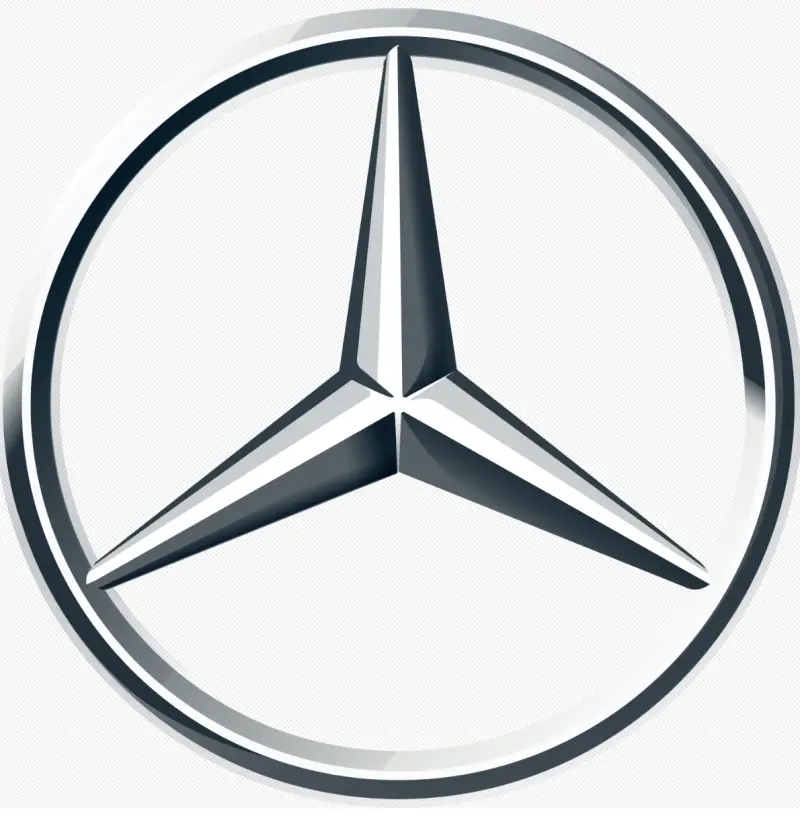
During the week before last, the Russian media, literally competing with each other, often citing German sources, spread the topic of the collapse of the Mercedes concern. Almost verbatim the headlines read: “Mercedes-Benz is leaving Germany,” “Mercedes is closing its offices in Germany,” “Mercedes explained the possible sale of all car dealerships in Germany.” The presenters of some popular television programs in the Russian Federation did not ignore this topic.
I have already written more than once that, having lived in Germany for quite a long time and loving Russia with all my heart, although I have not lived even a day in modern Russia, I have a unique opportunity to observe from the inside, on the spot and present first-hand information to those who are interested about what is really happening in the country. And since with the start of a special military operation in Ukraine, a rabid anti-Russian campaign began in Germany, I am very acutely and, frankly speaking, painfully aware of mistakes, inaccuracies, and sometimes outright blunders in the “counter-battery information warfare” on the part of Russia.
There are no trifles in wrestling
Probably, this is how a person is designed that he, especially in our time of an avalanche-like flow of information, simply intuitively does not want to plunge into this abyss behind a noisy and catchy headline. And so everything is clear, everything is already explained in the title of the article, you don’t even need to waste time reading...
This, frankly speaking, is disappointing, although this is what prompted me to write the article presented to your attention. Of course, many topics on the scale of the events taking place now seem not so important, but I think that from this mass of unimportant, momentary events, the real picture of what is happening, both in Russia and abroad, emerges. And beyond the immediate borders there is an enemy, and we must not tell fairy tales about him, but tell the truth as it is. Because only in this way will the country’s information authority be strong and unshakable.
And even if there are countless examples of outright nonsense on the part of Russia’s enemies, we must always remember that there is power in truth, therefore every incorrect, unverified word is a small mark left on the front of gaining trust and unquestioned authority of both the author himself and the publication, radio program or TV programs of the country they represent.
Well, now to ours, or rather theirs, “Mercedes”, which seems to be leaving Germany...
Everyone knows the expression: “What Russian doesn’t like driving fast,” and the same can be said about the Germans. Germany is one of six countries from all continents where there are no speed limits on highways (Autobahn). In addition to Germany, these are Afghanistan, Bhutan, Haiti, Mauritania and Burundi. But I don’t know if there are roads there that allow driving at speeds above 130 km/h.
And since for me personally, any “His Majesty’s car” is a work of art, then, based on V.I. Lenin’s postulate: “Art belongs to the people,” I would like to briefly renounce what the Germans did in the past decades of the early twentieth centuries and where they have taken them today, talk about what the favorite of hundreds and hundreds of millions of people on the planet is - Mercedes-Benz, and what is happening to it today.
Mercedes-Benz Group AG (once Daimler-Benz AG, DaimlerChrysler AG and Daimler AG) is a world-famous manufacturer of cars and trucks, and not only because there is practically no country on whose roads cars with a star do not drive hood, but also Mercedes-Benz Group AG plants operate directly in Germany, the USA, Mexico, France, Spain, Hungary, Turkey, Romania, China, India, Indonesia, Argentina, Brazil, South Africa, Japan and Vietnam and, by the way, producing It's not just cars.
It’s a pity, of course, that in Russia, due to sanctions, the Germans closed production to their own detriment. In addition, Mercedes-Benz Group AG owns many of the largest companies, seemingly unrelated to the world of automobile and engine production, and also provides all kinds of financial services.
How it all began?
History Mercedes-Benz Group AG began in 1883 when the company Benz & Co Rheinische Gasmotorenfabrik was founded in Mannheim.
In 1883, Gottlieb Daimler first received patent rights for the then-called gas engine and for regulating the engine speed by controlling the exhaust valve. These two patents formed the basis of the world's first high-speed internal combustion engine.
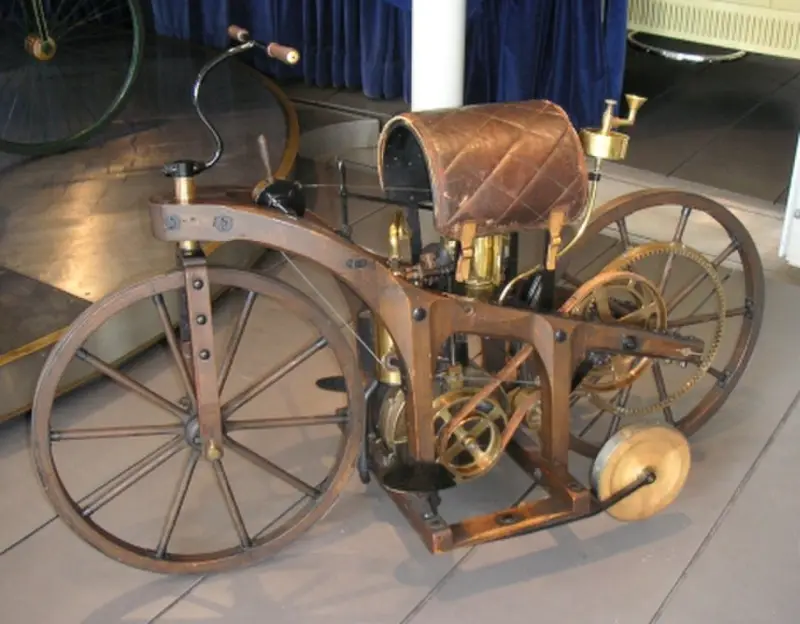
This unusual Daimlers Reitwagen unit was driven by
Gottlieb Daimler engine
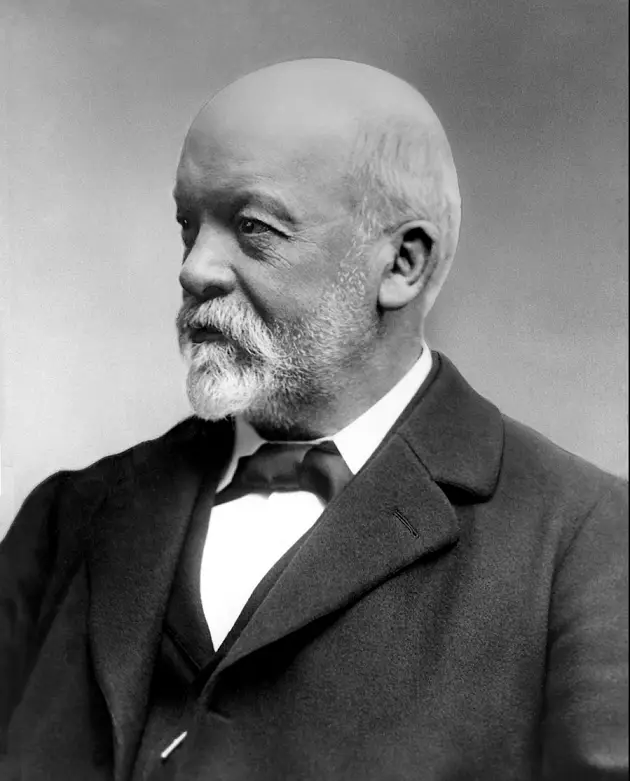
Gottlieb Daimler (17.03.1834/06.03.1900/XNUMX – XNUMX/XNUMX/XNUMX)
On January 29, 1886, Karl Friedrich Benz patented the automobile, a three-wheeled vehicle with an internal combustion engine and electric ignition.
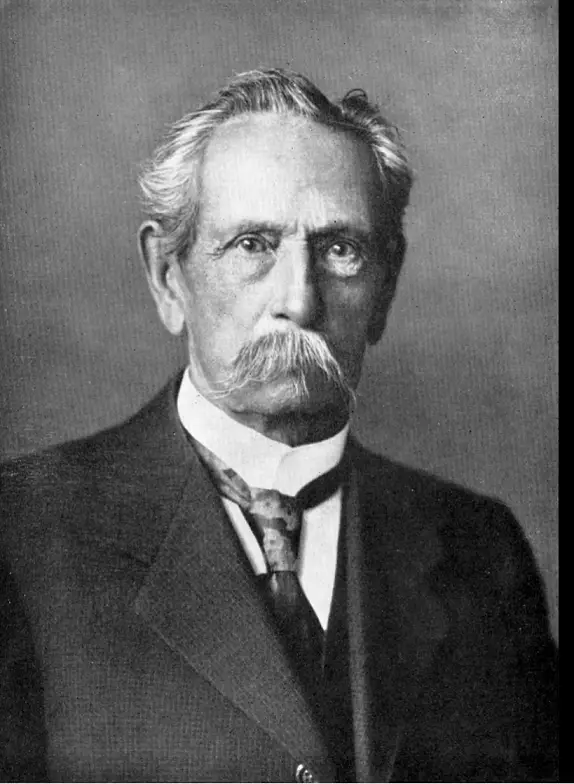
Karl Friedrich Benz (25.11.1844 – 04.04.1929)
And two and a half years later, in August 1888, his wife Frau Bertha Benz made a trip as the driver of this car from the city of Mannheim to the city of Pforzheim, covering a distance of 106 kilometers. The engine power was estimated at 1–3 horsepower, the maximum speed of the vehicle was up to 20 km/h.
Attention: 136 years ago!
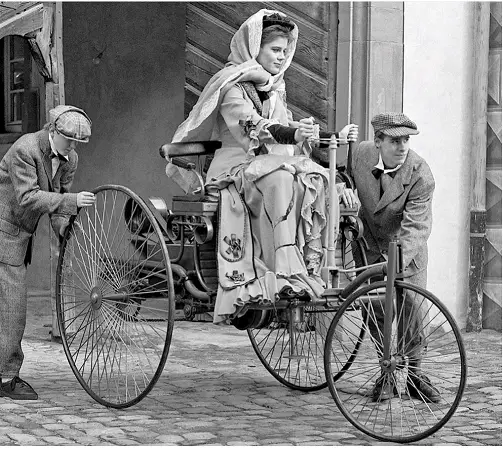
Patent-Motorwagen Model 3 and Bertha Benz (03.05.1849/05.05.1944/XNUMX – XNUMX/XNUMX/XNUMX)
Another outstanding specialist worked in Gottlieb Daimler's team - Wilhelm Maybach, whose talent is evidenced by the fact that since the end of the 19th century, almost all engines produced by Daimler for ships, cars, and then for airships and airplanes were designed exactly to them.
By the way, such a device as a carburetor was also invented and designed by Maybach.
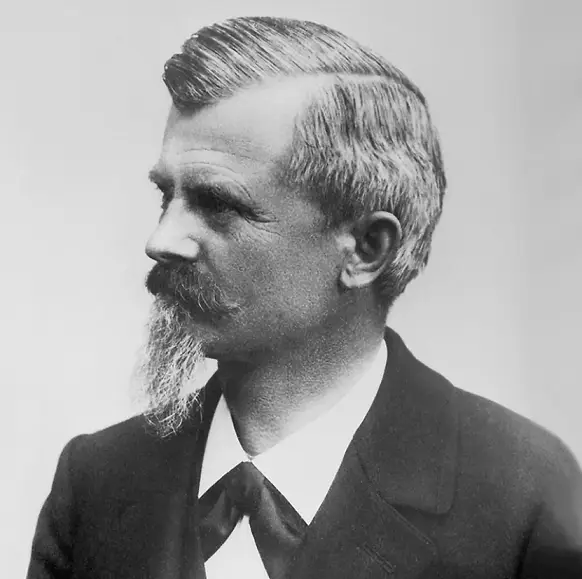
Wilhelm Maybach (09.02.1846/29.12.1929/XNUMX – XNUMX/XNUMX/XNUMX)
In June 1902, as they say, at the instigation of another interesting gentleman named Emil Jelinek, the Mercedes trademark was registered. Jelinek was an entrepreneur and diplomat, a member of the supervisory board of the Daimler-Motoren-Gesellschaft, but, in addition, he himself took an active part in auto racing under the pseudonym Monsieur Mercédès, and his team members were called Mercedes I and Mercedes II.
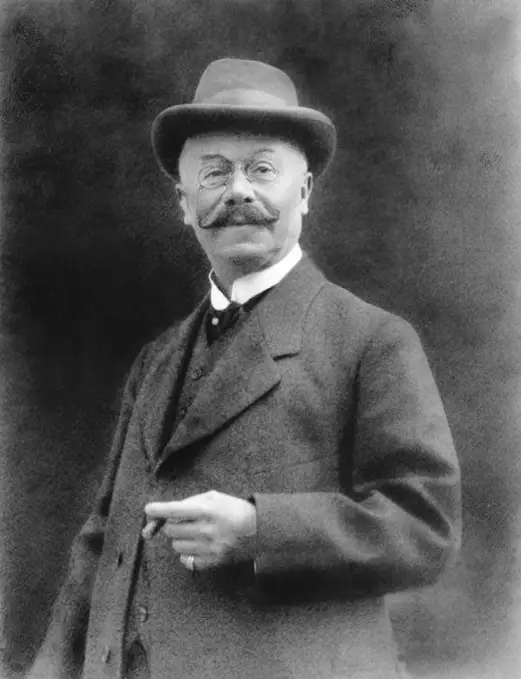
Emil Jellinek (06.04.1853/21.01/1918 – XNUMX/XNUMX/XNUMX)
Mercédès Adrienne Manuela Ramona is the full name of Jelinek’s daughter, who, as a sign of boundless love for her and being fascinated by Daimler racing cars, proposed his daughter’s name as a trademark and symbol of the company.
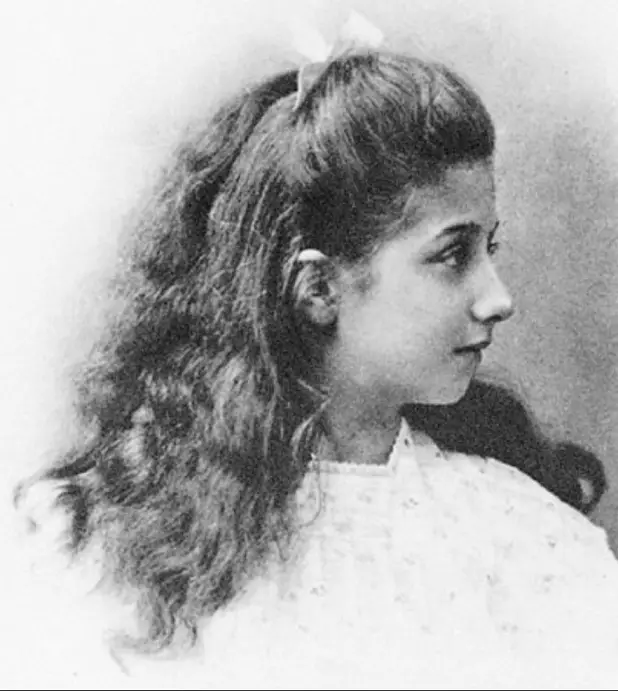
Here it is, whose name has been borne by Daimler for more than 100 years. Mercédès Adrienne Manuela Ramona Jellinek (16.09.1889/23.02.1929/XNUMX – XNUMX/XNUMX/XNUMX)
On June 24, 1909, Gottlieb Daimler's sons Paul and Adolf officially registered the three-pointed star as a trademark of DMG, and starting in 1910, the first stars appeared on the hoods and radiators of Daimler passenger cars. The three beams symbolized the use of Daimler engines on land, on water and in the air.
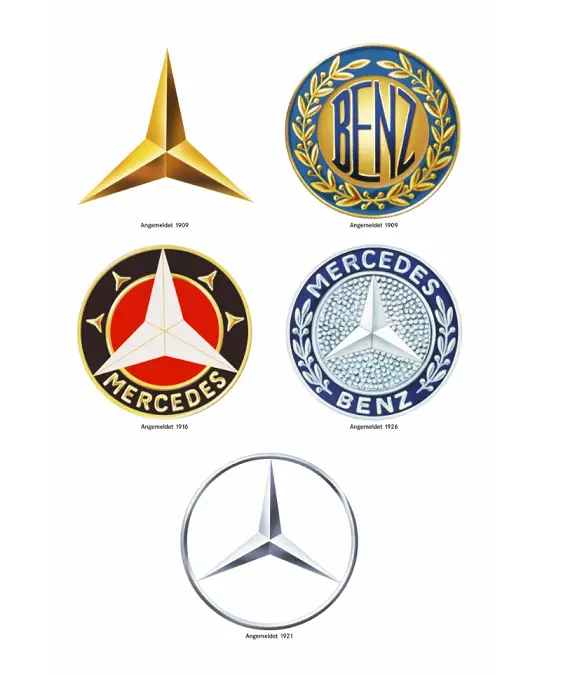
From the star of 1909 to the star of today
In 1926, Benz & Co Rheinische Gasmotorenfabrik merged with Daimler-Motoren-Gesellschaft to form Daimler-Benz AG.
Since that time, Daimler-Benz AG began to actively develop and produce cars for the Wehrmacht, Tanks, ship and aviation engines.
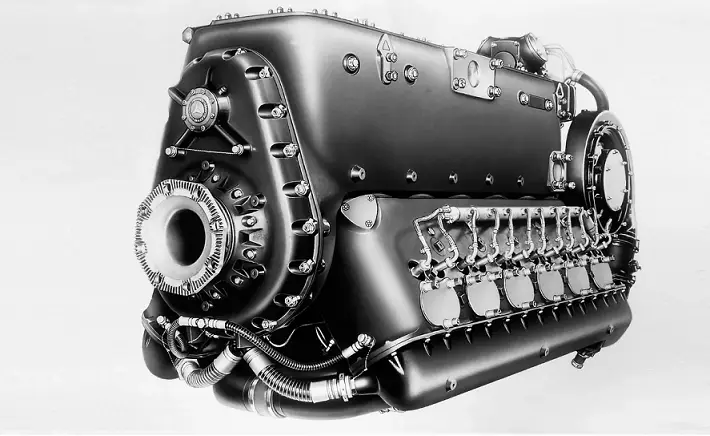
Aircraft engine DB 601 A, 12-Zylinder-V-Motor mit Benzineinspritzung, 1937
In 1932 the company was the third largest automobile manufacturer in Germany after Opel and Auto Union.
At the end of 1932, only 9 people worked here; in 148 there were already 1928. In 14, orders from the Wehrmacht accounted for 281% of total sales of Daimler-Benz AG. By 1941, the workforce had grown to 76, of whom about 1944% were prisoners of war.
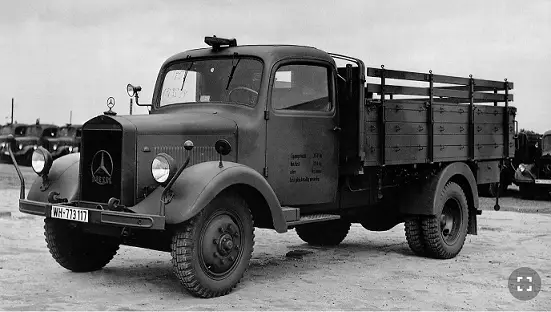
Truck Typ LGF 3000, 1940
With this, perhaps, we will close the historical page of Mercedes-Benz Group AG and move on to the events of today.
Mercedes-Benz Group AG today
I already wrote above that Mercedes-Benz Group AG is represented in all possible guises on all continents of the globe. In 2022, the turnover of the joint-stock company amounted to 150 billion euros. The number of employees of the concern is about 300 thousand people, of which more than 100 thousand work in Germany. By the end of the first half of 2023, net profit in Germany alone amounted to 77 billion euros - this is 13% higher than in 2022, and turnover increased by 6% to 76 billion euros. And this is only for six months and only in Germany!
Quite often you hear that Mercedes-Benz Group AG is no longer owned by the Germans. To put it mildly, this is not entirely true, although the Beijing Automotive Group BAIC actually owns 9,98% of the share capital. The other 9,69% belongs to Tenaciou3 Prospect Investment Limited, which in turn belongs to the Chinese automobile company, the Geely group, whose owner is Chinese Li Shufu.
The next 6,84% is owned by the Kuwait Investment Authority (KIA), and then the well-known company Blackrock with 5,37%. The remaining shares of the joint-stock group are in free circulation.
Mercedes-Benz AG operates as the division responsible for the development, production and sale of passenger cars and minivans.
Mercedes-Benz AG offers a range of passenger cars from the so-called compact segment (A and B classes) to the large segment (S-Class).
The group's brands include:
– Mercedes-Benz,
– Mercedes AMG,
– Mercedes Maybach,
– Smart.
Today, Mercedes-Benz AG produces 33 different classes or combinations of classes of passenger cars in all possible trim levels, not to mention products for the Bundeswehr.
Trucks are produced by Daimler-Truck AG, whose subsidiary is Daimler Buses GmbH, which produces buses.
Over the decades, Mercedes-Benz AG, changing names (Daimler-Benz to DaimlerChrysler then to Daimler), actively participated in numerous companies, buying them outright or determining their financial policies and development strategies. Here are some results of such actions.
1950 year
Unimog (short for Universal Motor Device) is a series of Mercedes-Benz vehicles manufactured by Daimler Truck. Designer Albert Friedrich. The Unimog was designed in 1945 and produced since 1949 by Gebr. Boehringer GmbH is a small, all-wheel drive truck with portal axles, and is used mainly in agriculture, forestry, the military and for municipal tasks.
It is operated in 160 countries!
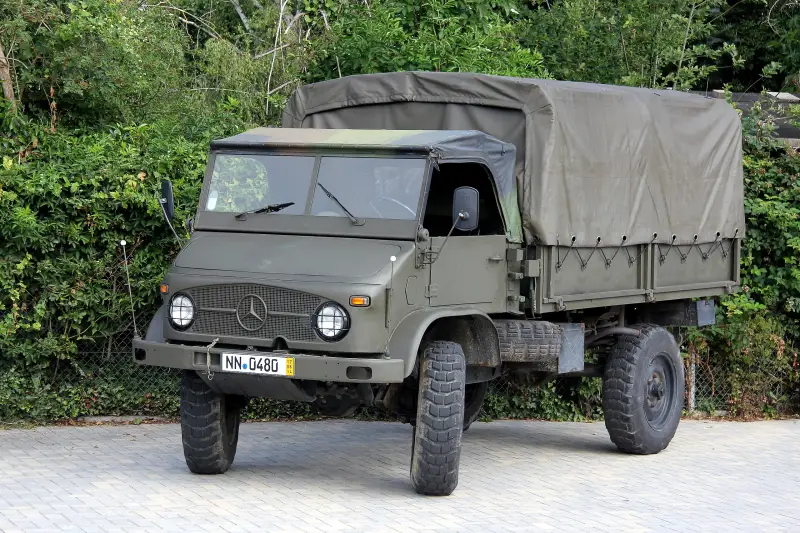
Army Unimog S 404 (1955–1980)
1960 year
MTU (Motoren- und Turbinen-Union Friedrichshafen) is a trademark of Rolls-Royce Power Systems, one of the world's leading manufacturers of large diesel engines and complete drive systems. The company produces diesel engines for shipping, power utilities, heavy vehicles, military and railway equipment in the power range from 20 to 10 kW (000 to 27 hp).
In addition to its own products, MTU also sells Mercedes-Benz industrial engines for off-road equipment, as well as gas turbines from General Electric for ships and power plants.
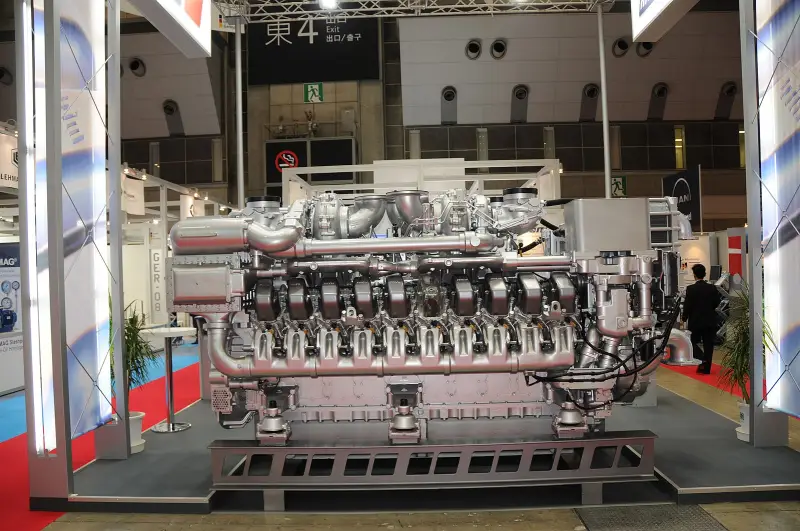
Diesel MTU-20V 4000M93
1963 year
Porsche-Diesel-Motorenbau GmbH produced tractors with diesel engines between 1956 and 1963. The story began in 1938 with the idea of a people's tractor. In July 1963, production was taken over by Mercedes-Benz Motorenbau GmbH.
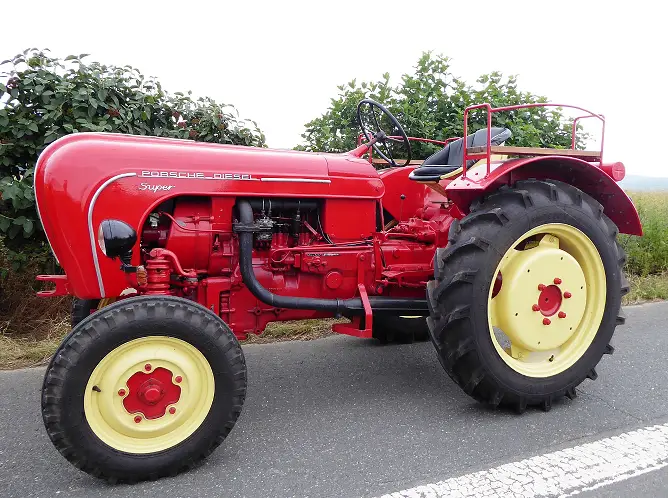
Not only Volkswagen, but also a tractor can be popular
1973 year
Junkers Flugzeug-und Motorenwerke was created in 1936 (first merged with Dornier GmbH and became DASA, then renamed EADS, then today's Airbus). In 1973 it was transferred to Daimler-Benz.
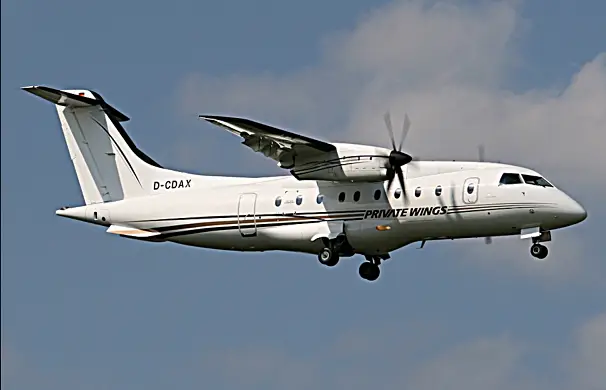
Dornier 328–100
1974 year
Hanomag-Henschel-Fahrzeugwerke GmbH (HHF) is a manufacturer of trucks, formed in 1969 as a result of the merger of the truck manufacturers Hanomag and Henschel. Following Daimler-Benz AG's acquisition of all shares in HHF, the Hanomag-Henschel brand disappeared from the market in 1974; selected Hanomag-Henschel models continued to be produced under the Mercedes-Benz brand until 1978.
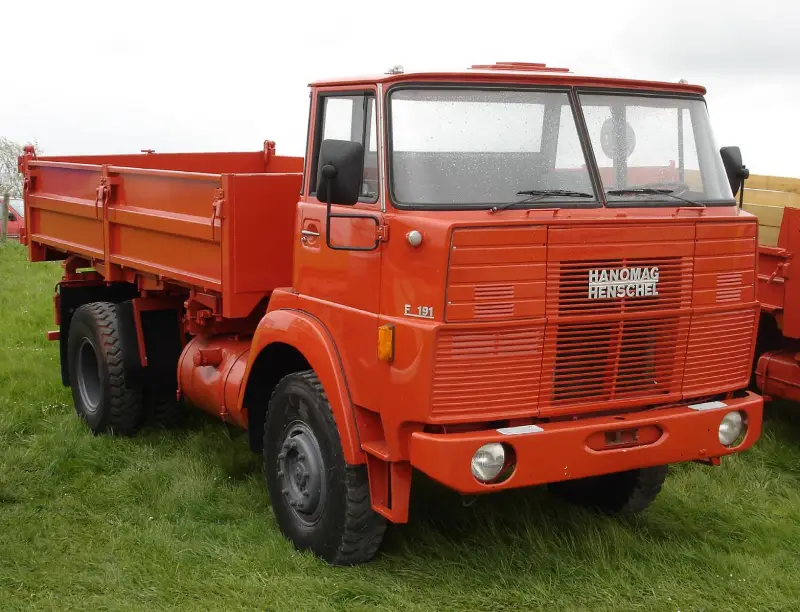
Hanomag-Henschel
1981 year
Western Star is an American truck manufacturer founded in 1967. In 1981, Western Star became an independent brand of the former truck and automobile manufacturer White Motor Company. Today Western Star is a subsidiary of Daimler Truck AG.
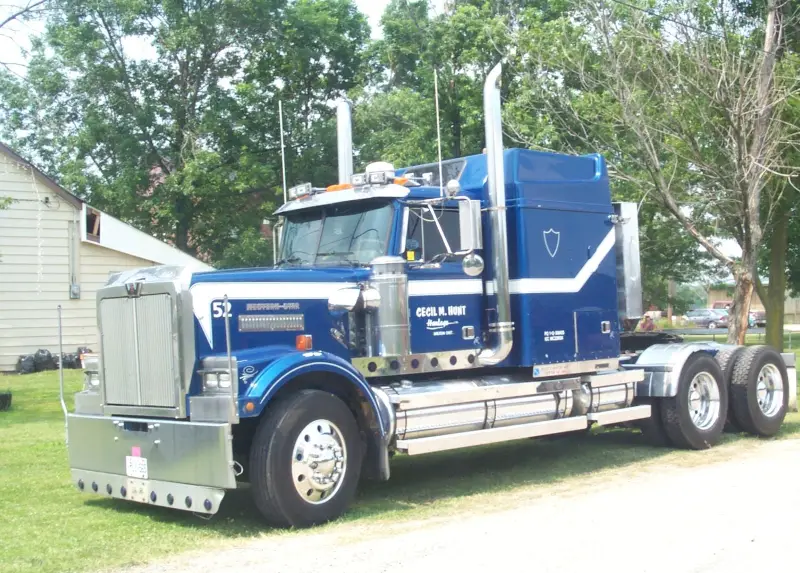
Western Star 4900
1989 year
Messerschmitt-Bölkow-Blohm GmbH (MBB) is one of the largest German aerospace and defense companies. In 1989, MBB was purchased by Deutsche Aerospace AG (DASA). Which, like AEG AG, was influenced by Mercedes-Benz AG.

In 1989, Deutsche Aerospace AG (DASA) was founded, in which the former Daimler-Benz AG consolidated its aerospace activities through the brands Dornier and MTU, as well as Telefunken Systemtechnik.
1993 year
In the truck sector, a collaboration with the American company Detroit Diesel Corporation (DDC) was added in April 1993. The goal was to develop, produce and sell a diesel engine for heavy trucks and buses. This cooperation led to the takeover of American engine manufacturer Detroit Diesel Corporation in 2000.
[Center]
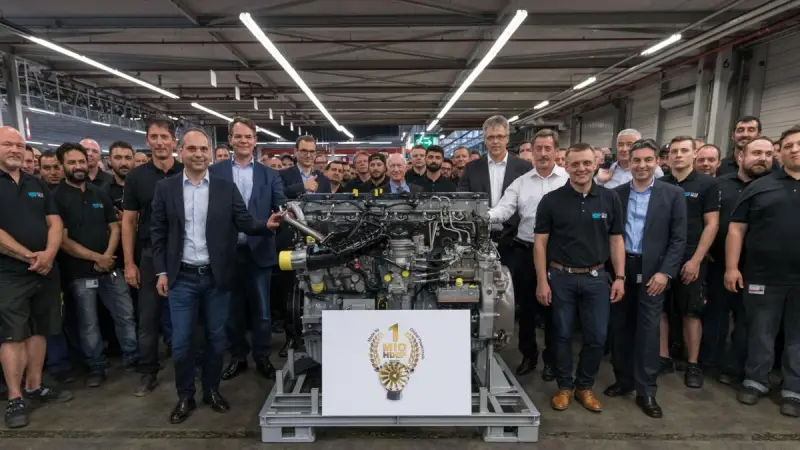
Employees of the Mercedes-Benz - Detroit Diesel Corporation plant in Mannheim celebrate the production of the millionth inline six-cylinder engine used in heavy commercial vehicles in June 2018.
1995 year
Daimler-Benz AG buys Setra and merges its Mercedes-Benz bus division with Setra. The division then operated as EvoBus GmbH, and buses continued to be sold under the Setra and Mercedes-Benz brands.
The Setra brand comes from the word selbsttragend, which in German means self-supporting. In this case, we were talking about a monocoque body.
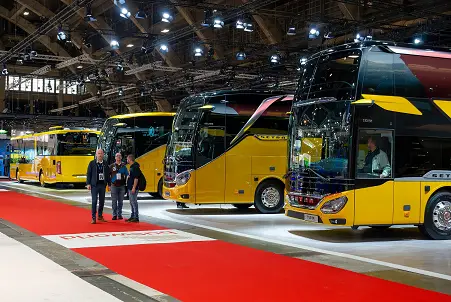
Setra 500-er Series
1997 year
In 1997, Freightliner Corporation, part of Daimler-Benz, took over the heavy-duty truck division of the American Ford Group.
On April 23, 1997, Sterling Truck Corporation was created.
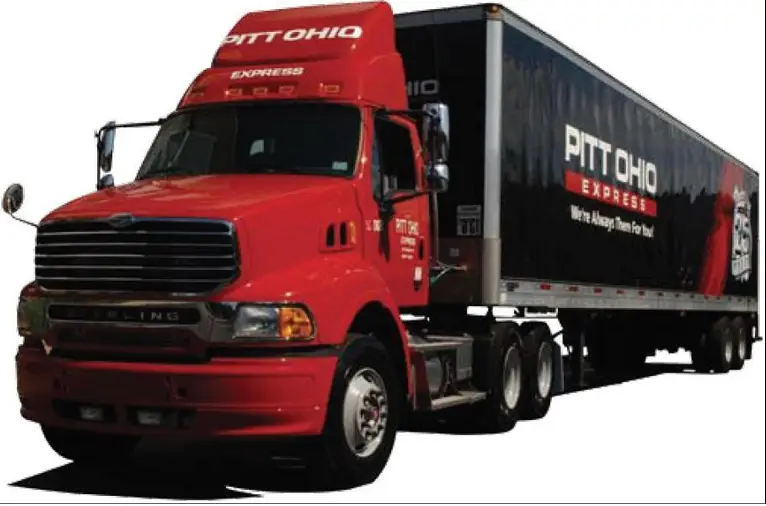
Sterling a-Line
2005 year
Mercedes AMG High Performance Powertrains Limited (Mercedes AMG HPP, Mercedes-Benz HighPerformanceEngines until 2011) is a British-German manufacturer of Formula 1 racing engines and a subsidiary of the Mercedes-Benz Group. Mercedes AMG HPP was created in 2005 through the complete takeover of British engine manufacturer Ilmor. The Mercedes-AMG GmbH company itself was created on June 1, 1967.
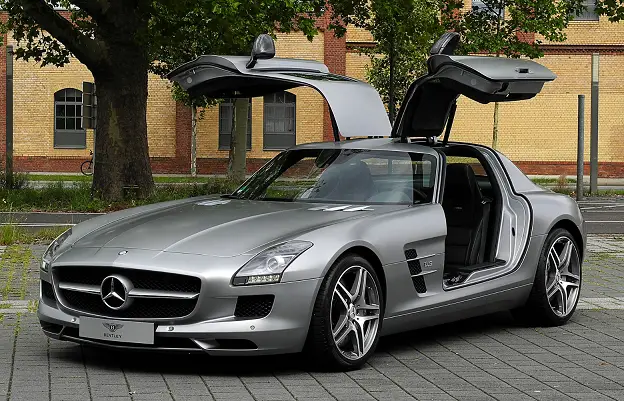
Mercedes-Benz SLS AMG (C197)
McLaren Group (until 2003 TAG McLaren Group, from 2015 to 2017 McLaren Technology Group) is a group of companies founded in 1985 and created by Ron Dennis around the McLaren Formula 1 team.
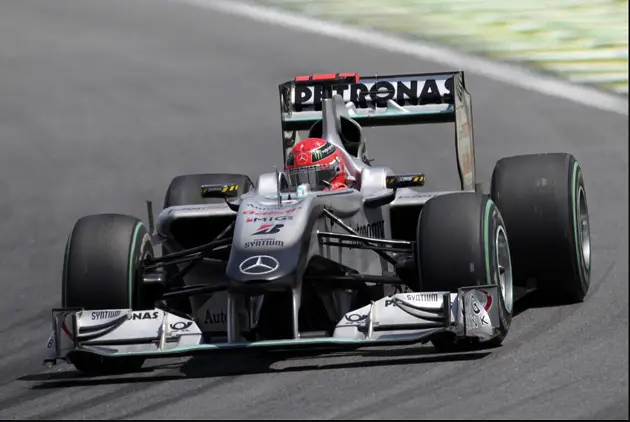
Mercedes at Formula 1
Everything that I wrote above is just a microscopic fraction of the immense amount of information that can be found about the giant under the name Mercedes-Benz AG. But I think that this is quite enough to understand that it is almost impossible to bring Mercedes to the “kaput” state.
Sale of branches in Germany
Well, now directly to the Mercedes that is supposedly dying and leaving Germany.
Below are just quotes from the German and Austrian press. I ask readers not to be very picky about the translation style. Sometimes a certain “stuffiness” of the text reflects a similar style of storytelling in the German press. This is especially true for Bild.
In addition, in German the word car (der Wagen) is masculine, automobile (das Auto) is neuter, Mercedes, as the name of a vehicle, is masculine, and joint stock company (die Aktiengesellschaft or AG) is feminine...
Bild on January 19, 2024 writes:
The decision applies to all approximately 80 branches, “regardless of whether they are in rural or urban areas,” a Mercedes spokesman told BILD. This means: the branch at the company's headquarters in Stuttgart is also up for sale."
And now for information - Mercedes-Benz AG long ago sold all its foreign branches. That is, further sales and service are carried out by other companies - partners who have an agreement with the Germans. The same will happen in Germany.
Bild further writes:
Employees will not be laid off.
The branches up for sale employ 8 people. Stuttgarter Nachrichten confirmed that no layoffs are planned: “There will be no layoffs, we are committed to preserving jobs.”
The new owners will take over the management of 8 employees. Although it is possible that they will then earn less. According to Stuttgarter Nachrichten, employees may receive severance pay. In this way, Mercedes reduces personnel costs.”
Another piece of information - in Germany, employees of enterprises like Mercedes-Benz AG have simply luxurious labor contracts, so-called tariff agreements, developed under the strict control of the powerful trade union association IG Metall. When working conditions change or dismissal at the initiative of the company, the employee has the right to receive severance pay (Abfindung), usually one month's salary per year of work, but you can really bargain. Also paid, sometimes up to a year, a period of forced non-working time (Arbeitsfreistellung) or early retirement.
Bild continues:
The automaker is ruling out selling all its dealerships to just one company.
This is not the first time that the Stuttgart automobile concern has sold subsidiaries. The company has already carried out similar events in many other European countries.
The experience strengthened Mercedes-Benz in its decision, the statement said:
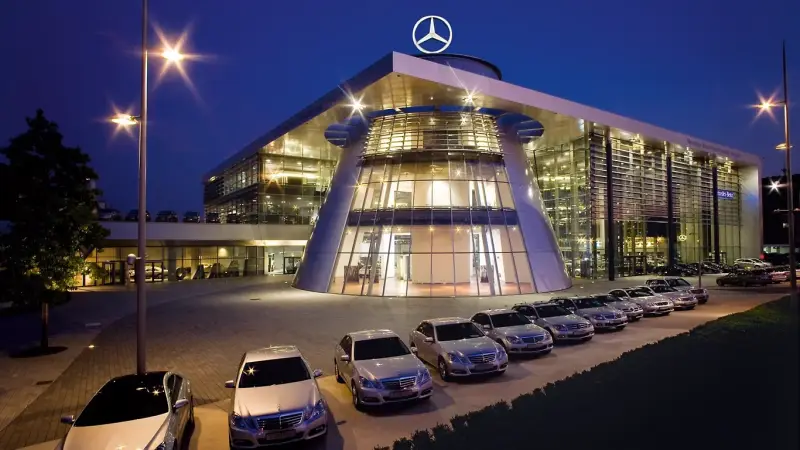
Mercedes-Benz branch in Stuttgart
Here's what the Austrian Puls24 reports:
We do not plan to sell (branches) to purely financial investors, and the locations will not be closed,”
– the company said.
The Supervisory Board of Mercedes-Benz AG will consider the matter on Friday; The employee side must agree to the sale. According to the Handelsblatt, a fundamental agreement should be reached with the works councils of the subsidiaries by the summer.
There are no Mercedes branches in Austria. In recent years, Mercedes has already sold its subsidiaries abroad and only has its own showrooms in Germany. So there will be no changes for Austrian Mercedes customers.”
What is the purpose of selling branches?
German Manager Magazin writes:
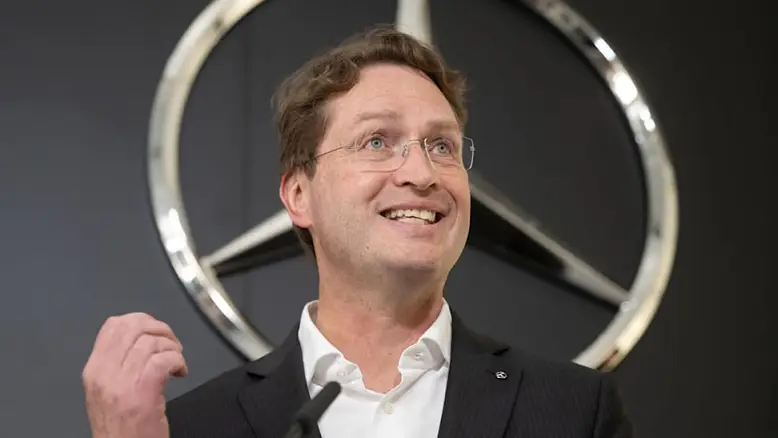
Ola Kaellenius, Chief of Mercedes-Benz Group AG
Mercedes-Benz goes to the front
Well, starting from the history of Mercedes-Benz Group AG and understanding what is planned in the sales sector from Mercedes-Benz AG, and also taking into account that our site is after all “Military Review”, we cannot help but touch on the topic of cooperation Mercedes-Benz Group AG with the Bundeswehr and the military-industrial complex.
Five years ago, on January 31, 2019, Busines Insider published an article “Riding Mercedes to the Front: How VW and Daimler Are Participating in Arms Production.” Below are some excerpts from this article:
Daimler produces military equipment. Product ranges range from SUVs and small vans to Unimogs and heavy duty trucks. Mercedes-Benz has been supplying its vehicles to more than 100 countries for more than 80 years.”
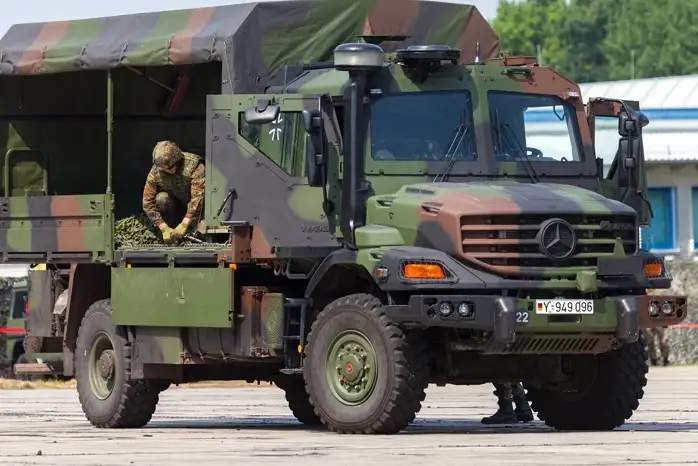
Zetros 1833 A 4x4
But here the guys from Daimler AG are clearly disingenuous. It is clear that these machines are armed by their colleagues from other companies and departments.
As an example, the company ACS Armored Car Systevs GmbH produces armored vehicles and vehicles for special forces based on products from Mercedes-Benz Group AG.
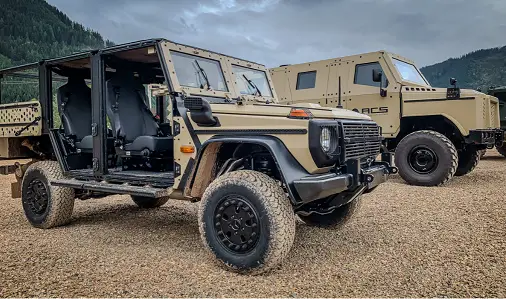
Products ACS Armored Car Systevs GmbH
Well, such oldies as the German gas car - Wolf (Mercedes-Benz 250 GD), are in service with the Bundeswehr and other armies in eighteen countries, plus the UN. Production of "Wolf" began in the early 90s.
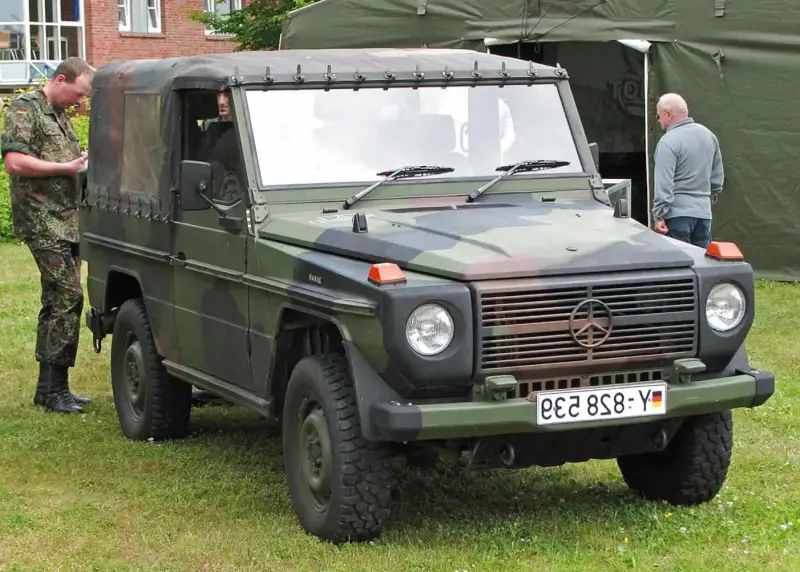
Wolf
As a new, fresh replacement for the old “Wolves”, Mercedes-Benz is driven by a flock of next-generation cars: Enok, which translates as a raccoon dog and Caracal, an Afro-Asian wild cat. Enok (LAPV, Light Armored Patrol Vehicle) is an armored vehicle created specifically for the Bundeswehr and special operations forces, with a capacity of up to 10 people.
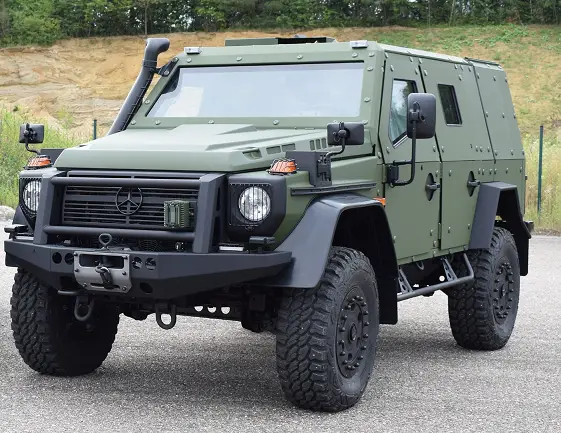
Enok
And I already wrote about “Caracal” in the article “Nursery for Caracals or reflections while driving a car” dated July 30, 2023. True, over the past time there have been some changes in the plans of the Rheinmetall concern, with which the peace-loving Mercedes-Benz closely cooperates. A representative of the concern said that the first batch of produced Caracal cars will be immediately sent to Ukraine. The Bundeswehr will wait...
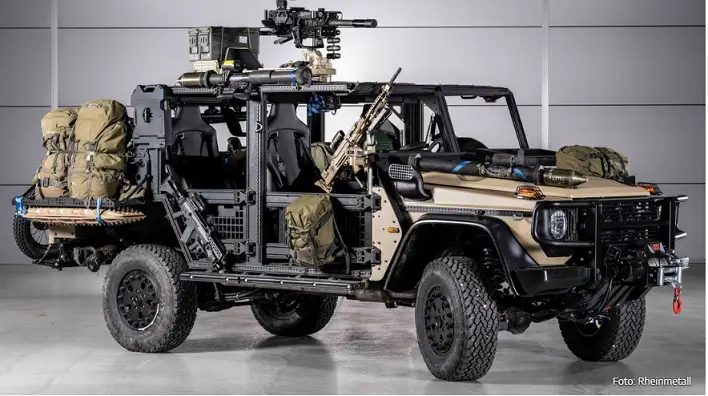
caracal
Well, that’s probably all that could be written about the giant called Mercedes-Benz Group AG, condensed as much as possible within the framework of a relatively small review article.
Unfortunately, Germany today, from once a reliable and fairly friendly commercial and industrial partner of Russia in the post-war period, has turned into an outright enemy. This enemy in the industrial-industrial field, always associated with the military-industrial complex, is unusually strong and has centuries-old traditions and gigantic financial support from the current government.
Alas, one of the priority goals of the country's leadership is the fight against Russia. By any means possible. But everything in life sooner or later passes, ends, and the brilliant inventions of people with names like Gottlieb Daimler, Karl Benz, Wilhelm Maybach, Ferdinand Porsche belong to all of humanity today, and I am sure that sooner or later reason and truth will triumph.
Afterword
Speaking in the Bundestag on January 31, 2024, the chairman of the Christian Democrats (CDU), Friedrich Merz, said:
Thus, in a mirror openly designating Germany as an enemy of Russia.
And the enemy needs to be studied and known, both in big and small, with his past and present.
Information